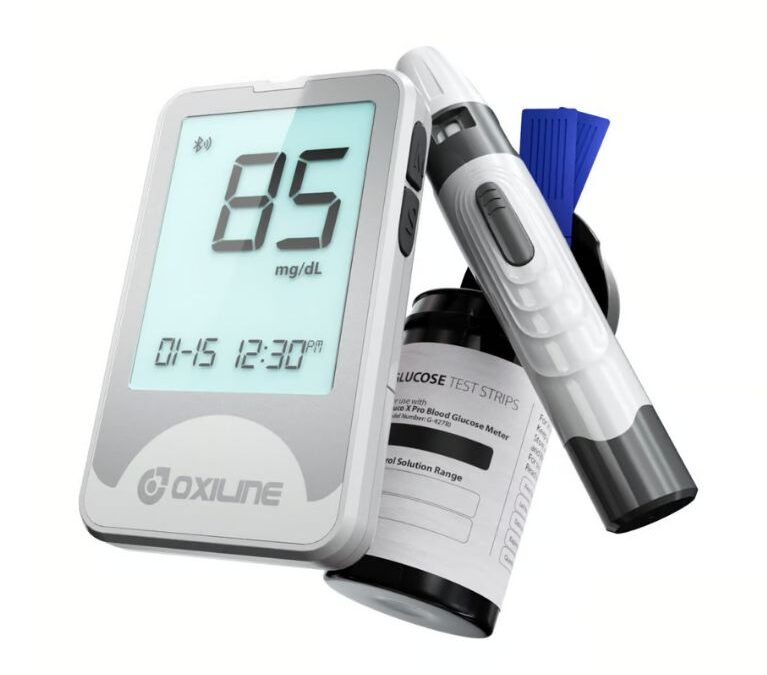Additional Features for Choosing the Right Blood Glucose Monitor
When selecting a blood glucose monitor, it is crucial to consider additional features that can enhance the user experience and improve diabetes management.
Beyond basic functionalities, these features can help individuals make more informed decisions about their health, streamline data management, and ultimately lead to better health outcomes.
This article delves into several significant additional features that consumers should weigh when choosing a blood glucose monitor.
1. Data Management and Connectivity
Many modern blood glucose monitors come equipped with advanced data management capabilities and connectivity options.
Features such as Bluetooth or Wi-Fi connectivity enable seamless data transfer to smartphones or tablets, allowing users to track their glucose levels over time easily.
Mobile applications linked to these monitors often provide added functionalities such as analysis tools, reminders for testing, and visualisation of trends which can enhance the user’s understanding of their glucose patterns and facilitate communication with healthcare providers.
2. Memory Storage and Data Retrieval
A monitor with a substantial memory capacity can store numerous test results, allowing patients to review their glucose levels over days, weeks, or even months.
Some devices also feature easy data retrieval options, allowing users to access historical data without hassle.
This can be particularly beneficial during medical appointments, where sharing a comprehensive glucose log with a healthcare professional can aid in treatment decisions and adjustments.
3. Voice and Visual Alerts
For some individuals, particularly those with visual impairments or hearing difficulties, voice-guided instructions and visual alerts can make using a blood glucose monitor much more accessible.
Monitors that provide verbal cues during the testing process and alert users with audio notifications when glucose levels are outside of the target range can greatly enhance usability and ensure that essential information is not overlooked.
4. Size and Portability
Portability is another crucial feature that can affect a user’s choice of glucose monitor, especially for those who travel frequently or lead an active lifestyle.
Compact and lightweight devices are easier to carry, and some models even come with discreet carrying cases.
Additionally, monitors that operate on smaller sample sizes with fast testing times are ideal for users who prefer convenience and efficiency.
5. Customisation Options
Personalisation features, such as customisable target ranges and the ability to tag results with notes about meals, exercise, or medication taken, can provide a fuller picture of an individual’s health context.
This level of detail can help users identify patterns and make informed lifestyle adjustments.
Advanced monitors may also offer dietary suggestions or reminders based on glucose levels, enhancing the overall management of diabetes.
6. Integrated Technology
Innovation in blood glucose monitoring has led to devices incorporating integrated technology, such as continuous glucose monitoring (CGM) systems. T
hese devices provide real-time glucose readings and trends, alerting users to fluctuations throughout the day even when they are not actively testing.
This feature can lead to better glucose control by allowing users to respond promptly to changes.
Conclusion
When choosing the right blood glucose monitor, considering additional features that enhance usability, data management, and integration into daily life is vital.
Features such as connectivity options, memory storage, accessibility aids, portability, customisation, and advanced technology can significantly impact the effectiveness of diabetes management.
By prioritising these features alongside essential functionalities, individuals can choose a monitor that not only meets their basic needs but also supports them in achieving their health goals more effectively.
